The Makar Legacy
June 18, 2014 | Sherine El ShimiMy excitement had been building up for the couple of weeks leading up to my much-anticipated trip to Makar farm. I have a minor obsession with vegetables, especially the tropical ones; the more colorful they are, the more excited I become. Strange, I know, but as a nutritionist, my passion for all kinds of food is endless.
Makar has a long-standing reputation for being one of the certified organic farms in Egypt, which means that all the symmetrical vegetables are not treated by any form of pesticides. Instead, they are protected by other innovative ways, such as interesting insect traps and a very colorful flower which I later learned was a nicotine flower and had the wonderful logic of: If nicotine kills humans, why wouldn’t it kill insects? That, of course, got me very intrigued and made me ask 99 other questions.
Mounir Makar was patient and willing to answer all of them. So let’s start from the very beginning. One of the main reasons I was so excited about this farm in particular is because of its long legacy. It has been around since the 1880’s. It started out with mainly growing plums, which proved to be a bit of a problem in Egypt because of the Khamaseen winds that would provoke the plum flowers to dissipate.
In order to prevent this process, a brilliant idea was proposed and implemented, which was to provoke artificial autumns during Khamaseen season to prevent the flower from dissipating. The idea proved its success and the project grew to include several varieties of plums.
The challenge later on grew to provoking artificial seasons so that every vegetable that was said couldn’t be grown in Egypt miraculously did. Hence 35 years ago cherry tomatoes and broccoli were introduced to Egypt: Imagine life without them!
Walking around the farm I discovered the many greenhouses with hydroponics technology. This technology has the optimum mineral nutrient solution in the water to allow optimum growth. I won’t go on about that but let’s just say that each greenhouse for me felt like Disneyland. I was overwhelmed by the bright colors, the symmetry and how each plant looked like it was almost glowing.
There were many surprising items such as Endives, which is only grown in very cold circumstances hence it’s French name: Chicoree Frisee. Lilac
eggplants could be found and a bunch of crazy tomatoes—which were so juicy and diverse in colours that they resembled an almost rainbow yellow, green and pink—and bell cherry tomatoes.
As I was trying a variety of leaves, I came across a particularly sweet one that can almost substitute sugar; I mean really substitute sugar. That leaf is Stevia and could be dried and used as a natural sweetener in coffee, tea or cakes. The super added advantage is that it has zero glycemic index, which means it has a neutral effect on the blood sugar level and that makes it great for diabetics and hypo-glycemia. It also improves the mental acuity and the energy levels.
By that time my senses were completely overwhelmed, but it wasn’t over yet. I had some edible flowers, which are great in tackling autoimmune diseases, followed by kale, which is a super vegetable high in protein and calcium. Pok Choi and lemongrass were also to be found and some very attractive yellow zucchini. The pungent smell of basil leaves, rosemary and thyme were somehow drifting around making me hungrier by the minute.
As I was listening to how there was Mexican very chilli hot peppers grown in the farm—the peppers were bright red and perfectly symmetrical to each other—I realized that what made the legacy what it is. It is the passion, dedication and perseverance which brings us close to perfection when it comes to vegetable growing in not so perfect circumstances with multiple power cuts in Egypt.
Hats off to the man who made this all happen and is still making it happen: You’re truly an inspiration for all of us.

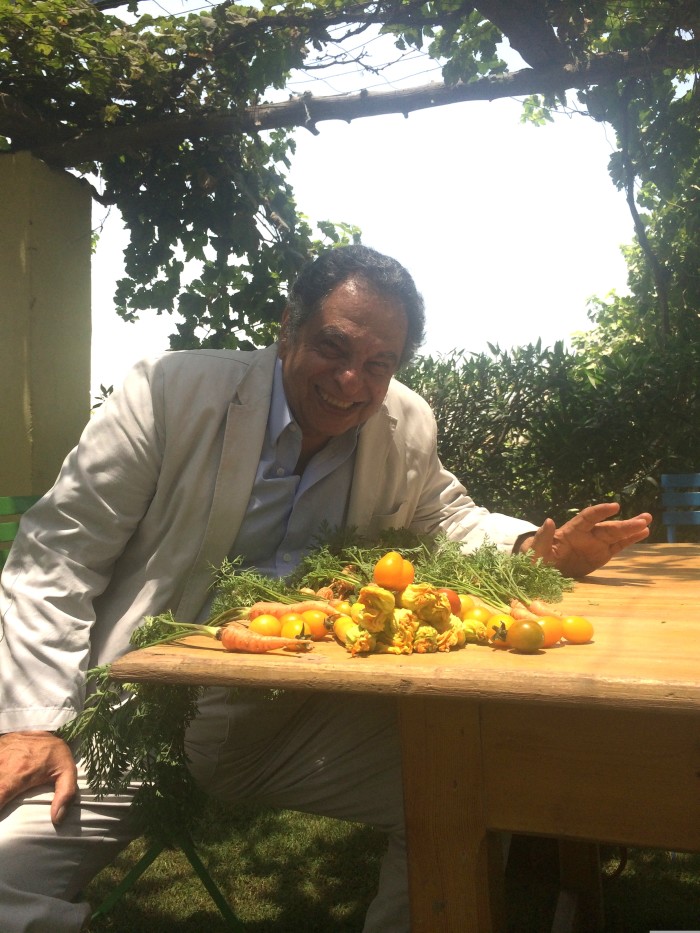
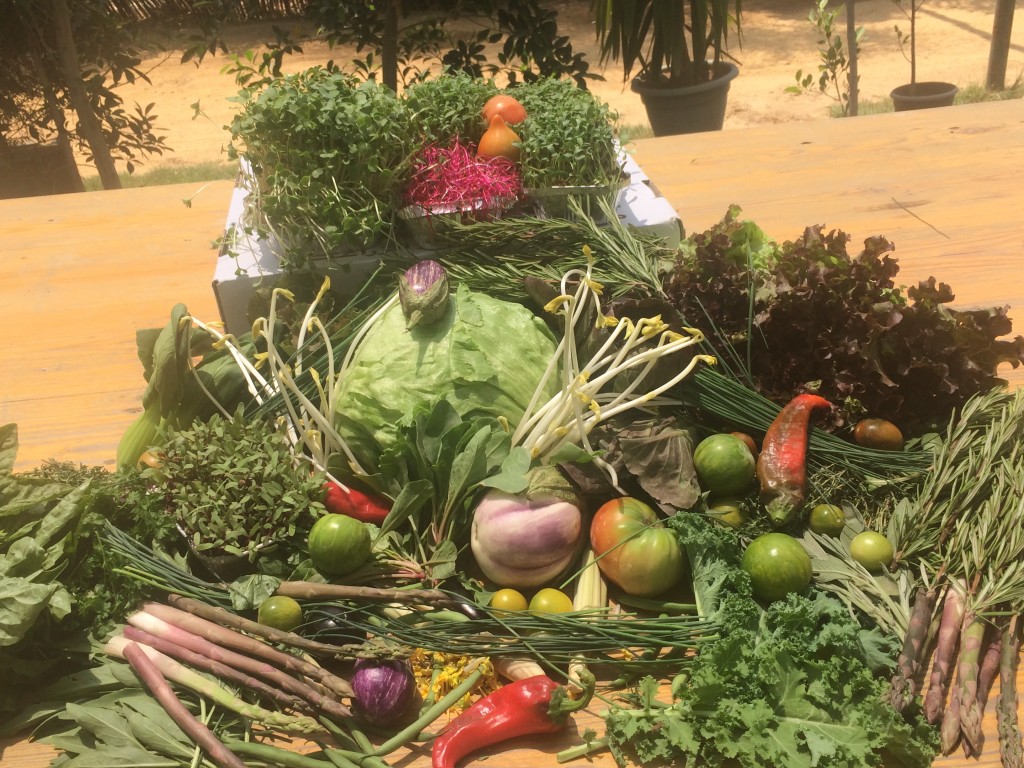
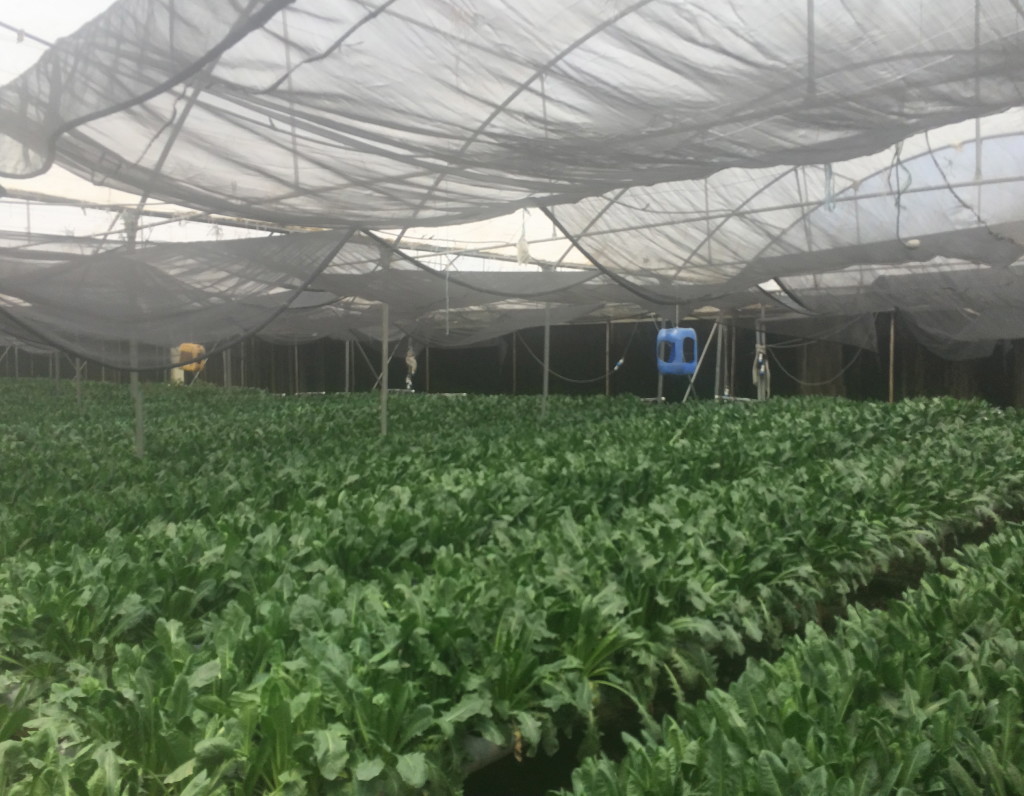
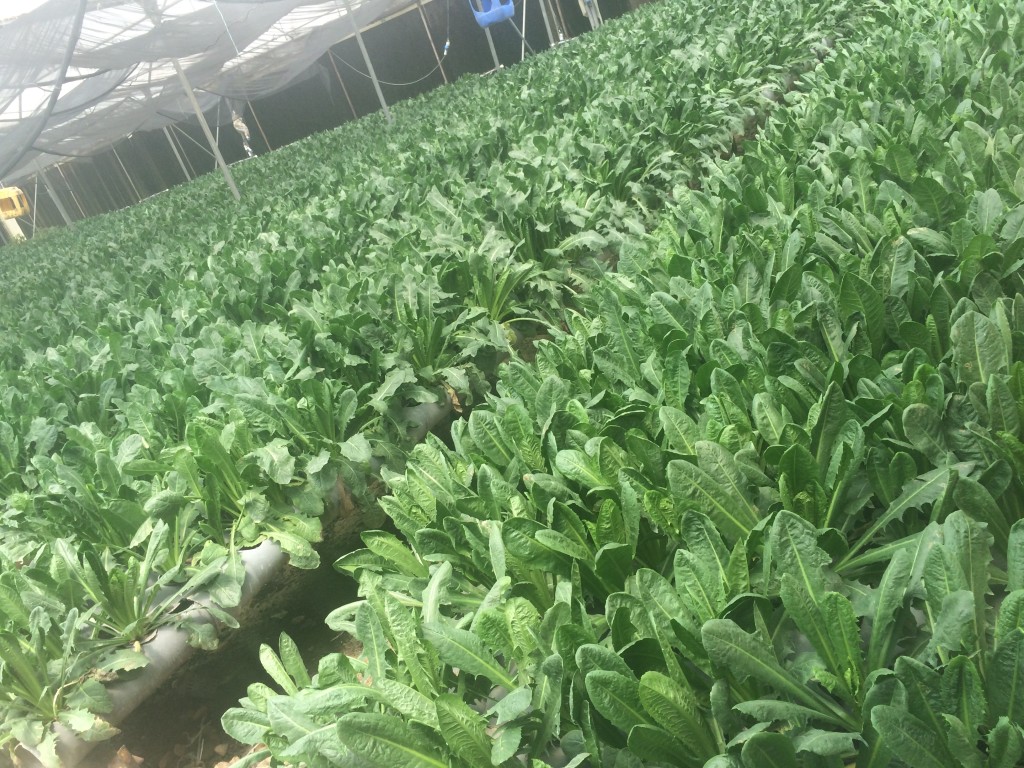
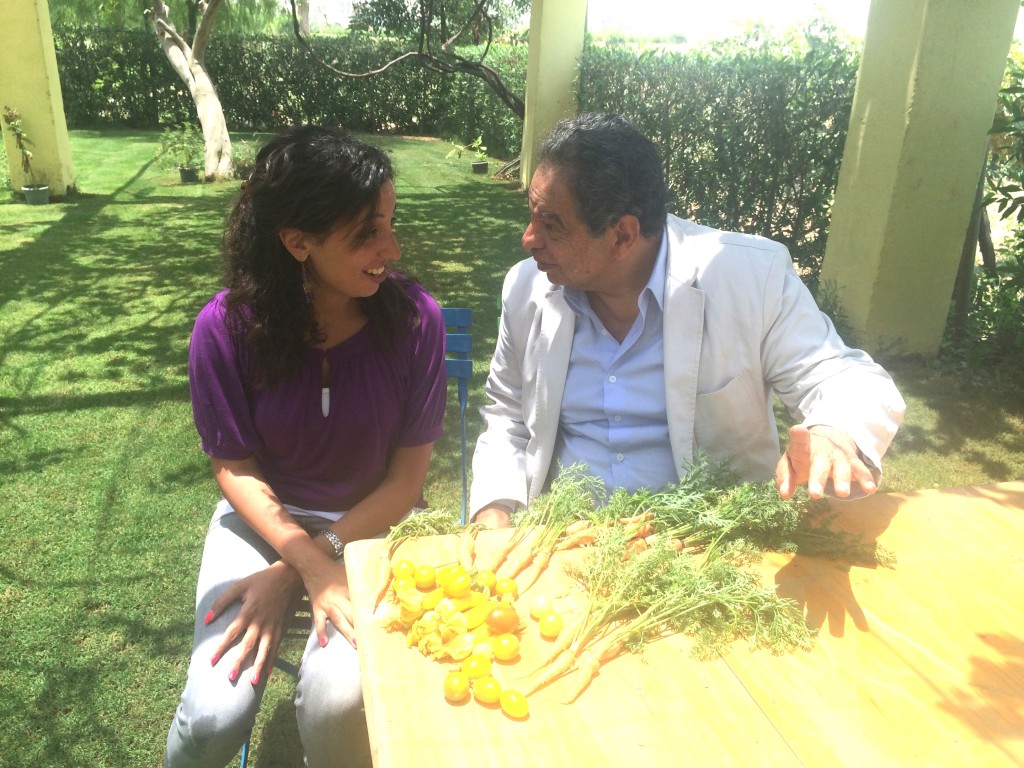
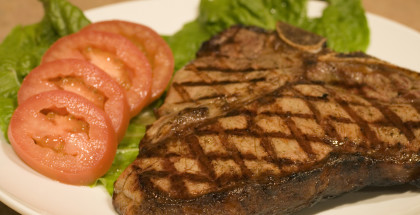
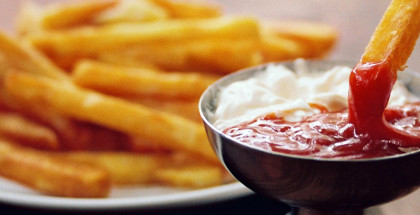

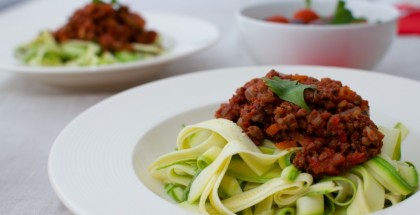

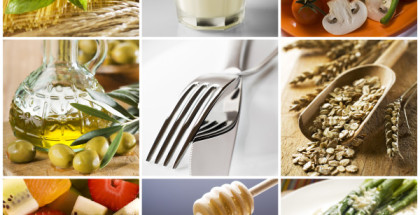
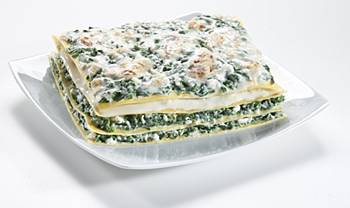
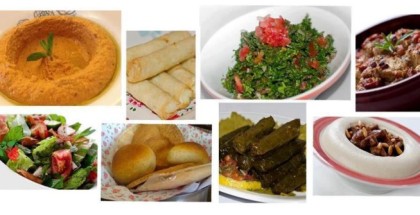
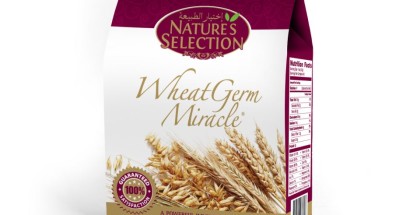
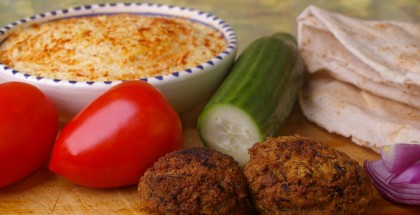
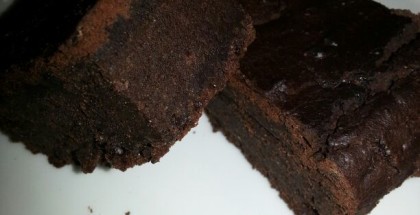














Submit a Comment